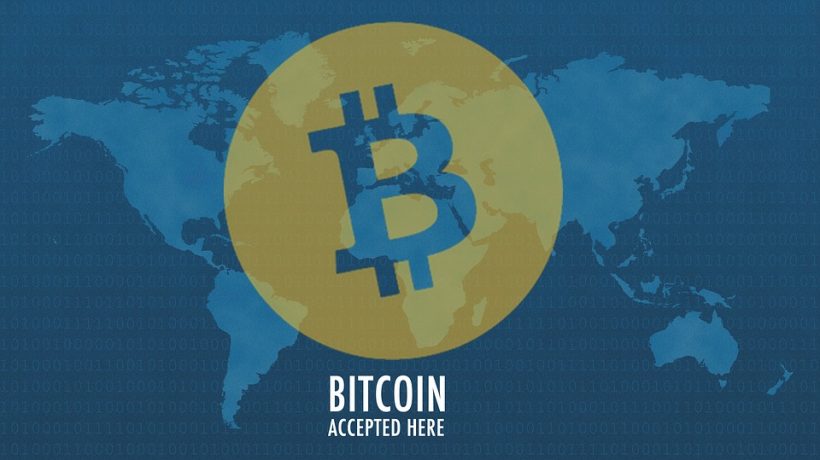“Ninety percent of what we see today won’t exist in 10 years’ time, but 10 percent of it will change the world” – Chris Larsen, Ripple’s CEO.
This statement might be the summary of it all. The world is constantly changing, and with this change, new technologies and approaches are revealed, defining the future business and communications.
Global cross-border payments have been the main driving engine behind the recent international commerce great upsurge. However, in order to fuel this growth even further, new approaches and technologies must be utilized.
According to recent research released by McKinsey&Company, Global payments revenues grew 11% in 2017 (Figure 1), which is the highest growth rate for the past five years and are expected to grow in a steady pace in conjunction with the growth we see in cross-border payments and across all international commerce segments. Companies like Alibaba and Amazon are record-breaking year after year, with smaller manufacturers and SME’s now, more than ever, are able to take advantage of less conventional payment solutions like e-wallets, real-time payment systems and credit-cards, allowing them to sell their products and services to a rapidly growing number of new markets and customers now connected to the digital commerce and ensuring increasing customer demand.
Global digital commerce volume exceeded $3 Trillion in 2017 and is expected to more than double by 2022. Such enormous growth cannot rely solely on the current payment solutions, and new, already existing, technologies must be utilized to support this growth.
The growth we notice is not passing over without complications. Growing demand for quick settlement, transparency, AML and regulatory constraints, push costs up and require new technologies to support further growth.
Blockchain platforms like Ripple and others were developed to address each one of these constraints, implicating cross-border payments by providing a standardized, decentralized infrastructure; full visibility for fees, delivery and status; Transaction route optimization and costs reduction.
As the hurdles for blockchain based payment systems adoption are decreasing, more and more financial institutions are exploring ways to implement this technology in their core solution offering. As more financial institutions will embrace this technology than more SME’s will be able to utilize it to expand to new markets and segments.
What was once a slow, not-transparent and relatively expensive process might soon become much more frictionless and cost-effective, supporting the international commerce growth and even motivate industry leaders and newcomers exploring new technologies and approaches fueling this growth even further.
The UK-based electronic money institution (EMI) MoneyNetint, has recently announced the deployment of the blockchain-based payment platform developed by Ripple enabling MoneyNetint to connect with other global financial institutions already deployed on the RippleNet and utilize the wide range of new corridors and local payment schemes now being available. This new service will enable merchants of all sizes, operating on a cross-border basis, to expand their operations while reducing costs by opening a corporate account with MoneyNetint.
Since the establishment of MoneyNetint in 2004, the company has positioned itself as one of the more reputable private payment companies in its field. Its platform enables the transfer of secure payments online through electronic wallets, local payment schemes and international bank transfers, as well as currency conversions in a fast and cost-effective way.
About the author
Avi Starodubsky, the head of business development and strategic partnerships at MoneyNetint has been a key part in establishing a global strategic approach and driving the company’s efforts to maximise the value proposition to its customers.













